The "Stand Up" Tour: A Watershed Project
By CCW's Executive Director, Betsy Bates
We want to close out and commemorate Black History Month with a week of reflections on last summer’s Stand Up: Harriet Tubman Tour. This is the first of five posts.
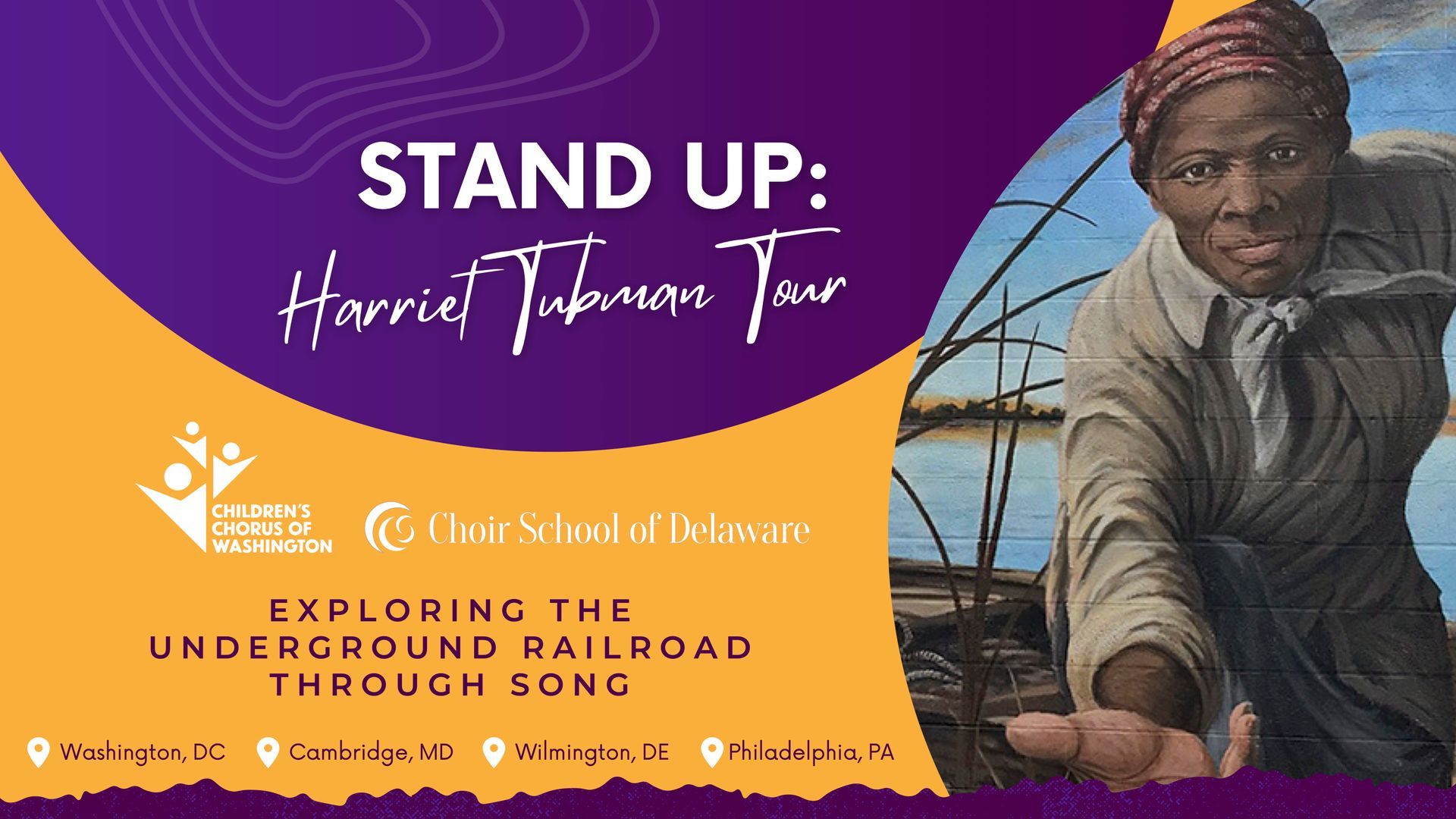
While many chorus tours visit European cities or more far-flung destinations, the Stand Up Tour was special because we stayed close to home.
The Underground Railroad is in our proverbial backyard, and in preparing for this tour we thought extensively about how to engage with its musical history on both a local and more general level. The spirituals of Black Americans are often ignored, tokenized, or appropriated in choral settings, and not alway considered a genre worthy of study. We wanted to prove the opposite to our singers; this is music that holds an important place in our history and deserves deep, meaningful study, regardless of the demographics of your ensemble.
Sometimes this avoidance on the part of choral directors is due to fear of not doing it “right.” You may make mistakes when presenting, teaching, and performing music with a complicated history, but your intent in choosing to engage in this music and the impact it has are both important, and you cannot create impact in your chorus or your community without taking action. This music is part of our shared history, and it is incumbent on all of us to actively participate in keeping that history alive. How do we teach these songs with pride, respect, and curiosity? We hoped to do this successfully through the Stand Up Tour.
Although this was a project several years in the making, it was never guaranteed to become the deeply resonant, impactful, and authentic experience that it ended up being. The tour's success required many things, but I believe the most important were collaboration; shared vision; and trust and vulnerability.
This tour was fraught with potential pitfalls - it could have failed at so many points. However, it didn't because:
- we worked together with a chorus of color;
- we partnered with organizations and experts who were invested in a shared vision of the theme and purpose of the tour; and
- we decided to trust each other and be a little vulnerable so that we could have honest conversations about important topics surrounding race, history, and musical language.
Without these, the tour would have been interesting, there would have been beautiful singing, we would have learned some history and the lessons that travel teaches us. But it wouldn't have felt as meaningful or satisfying. It would have seemed like historical tourism. Instead, it was everything we hoped it would be, and everything I knew it could be. This is one of the best projects I've ever worked on, and I'm extremely proud to have helped usher it into existence.
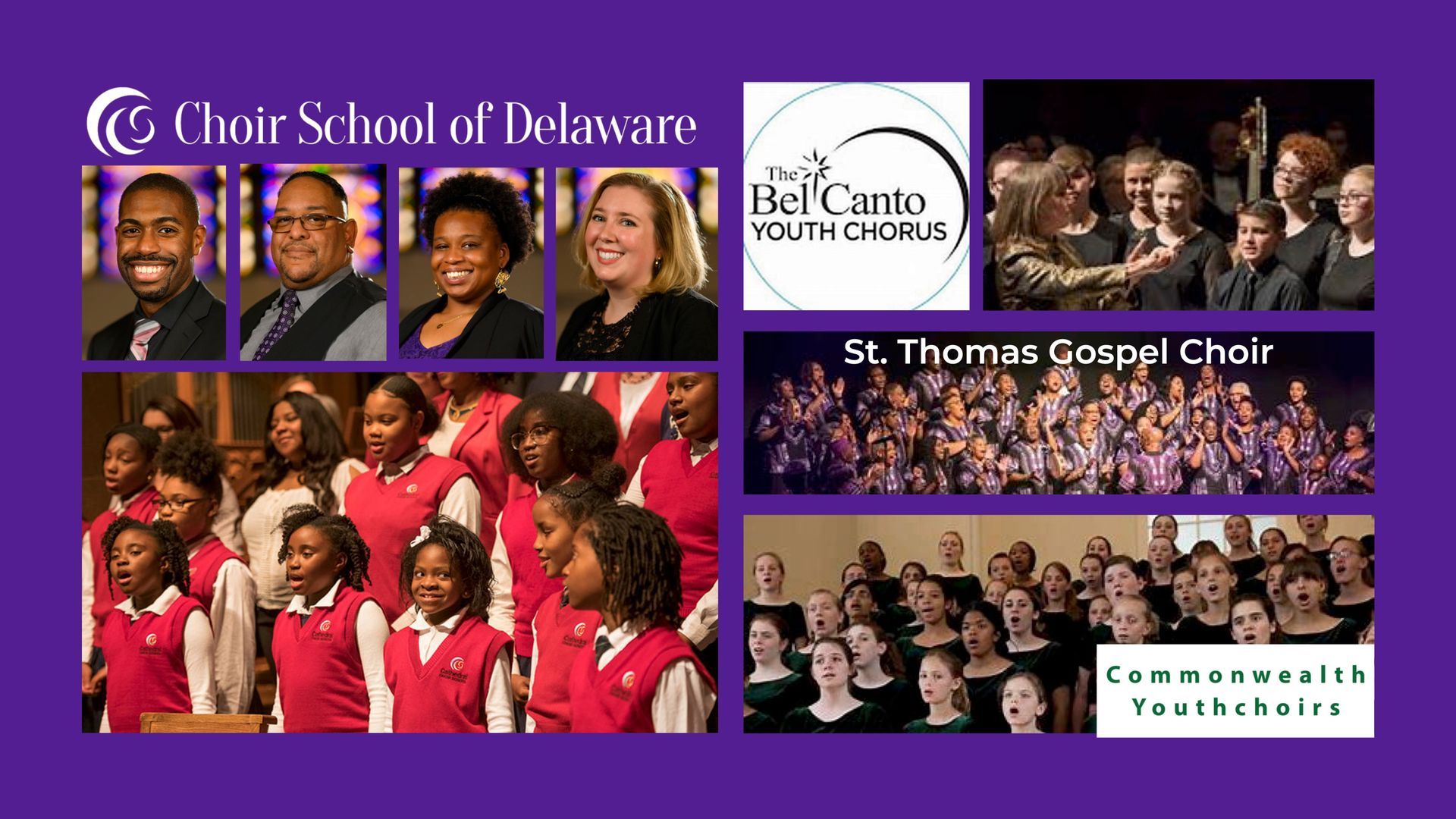
Our primary partner was the Choir School of Delaware.
We also sang alongside the Bel Canto Youth Chorus from Bethlehem, PA, Commonwealth Youthchoirs from Philadelphia, and the St. Thomas Gospel Choir.
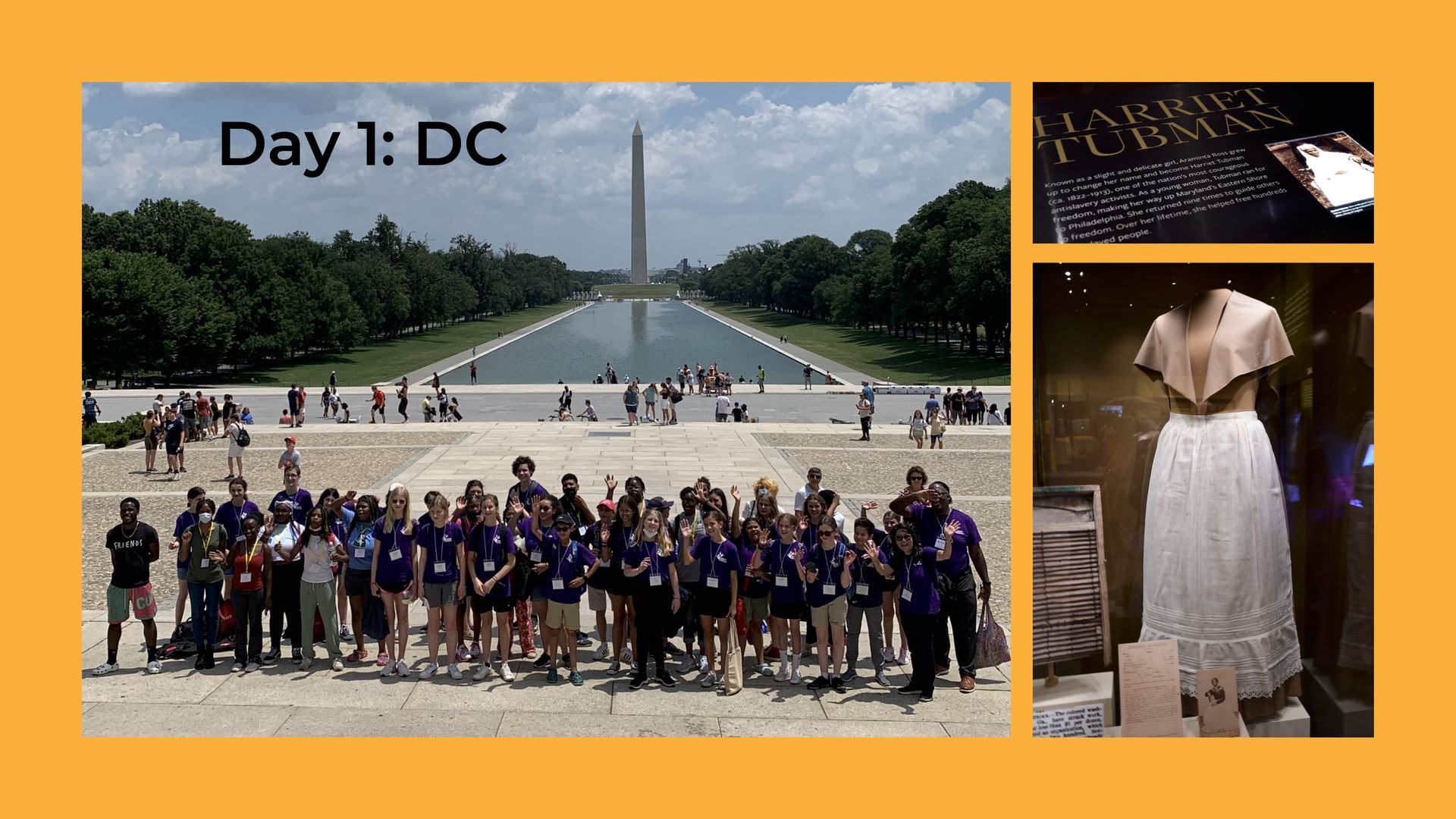
Scheduled over the Juneteenth holiday weekend, the tour kicked off in DC on Friday, June 17 with a visit to the Lincoln Memorial and the National Museum of African American History and Culture.
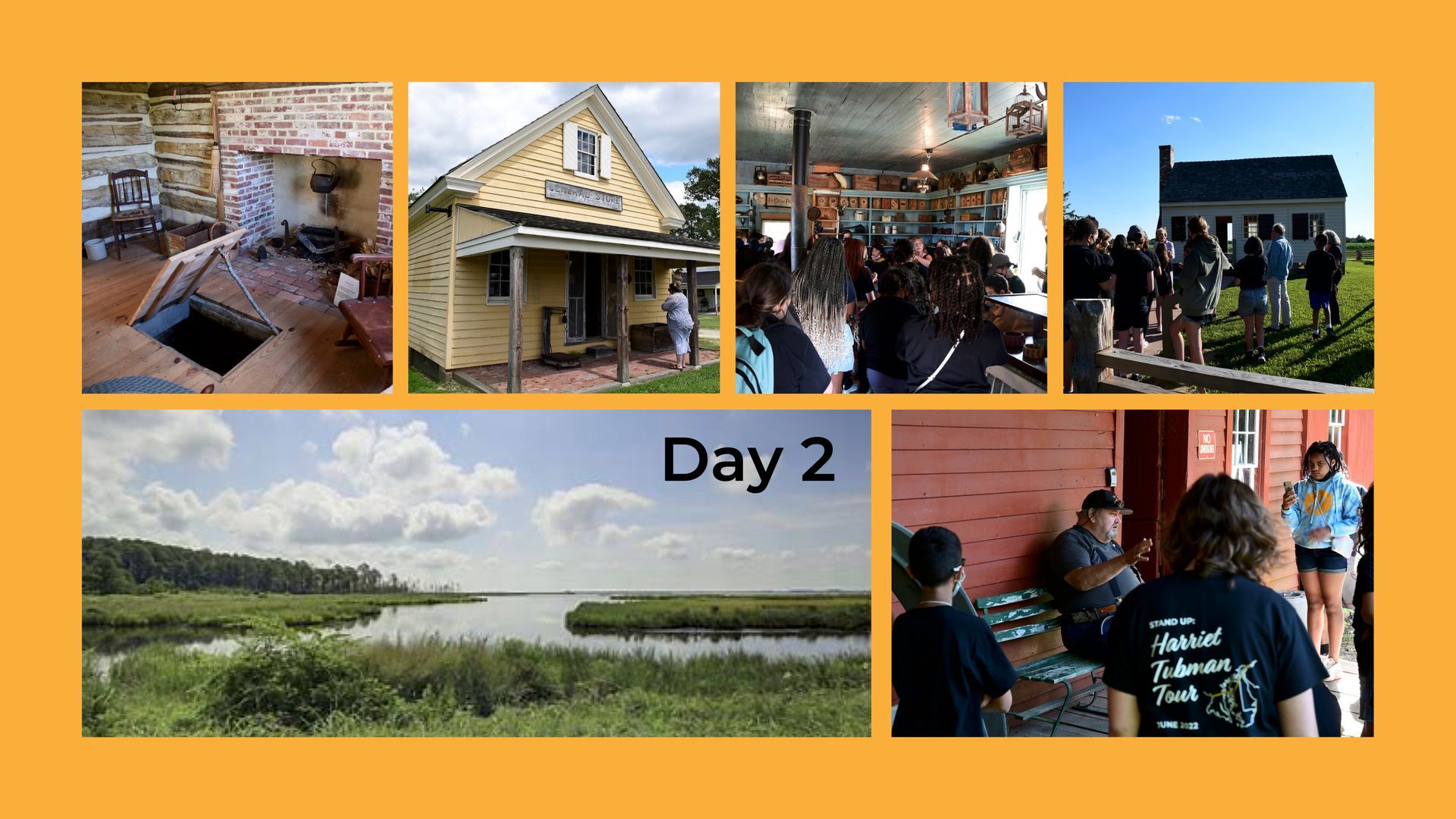
Next, on Saturday, June 18 we explored Harriet's birthplace and origin of the Underground Railroad on the eastern shore of Maryland. We saw the terrain and physical conditions. We learned that Harriet Tubman was an incredible naturalist.
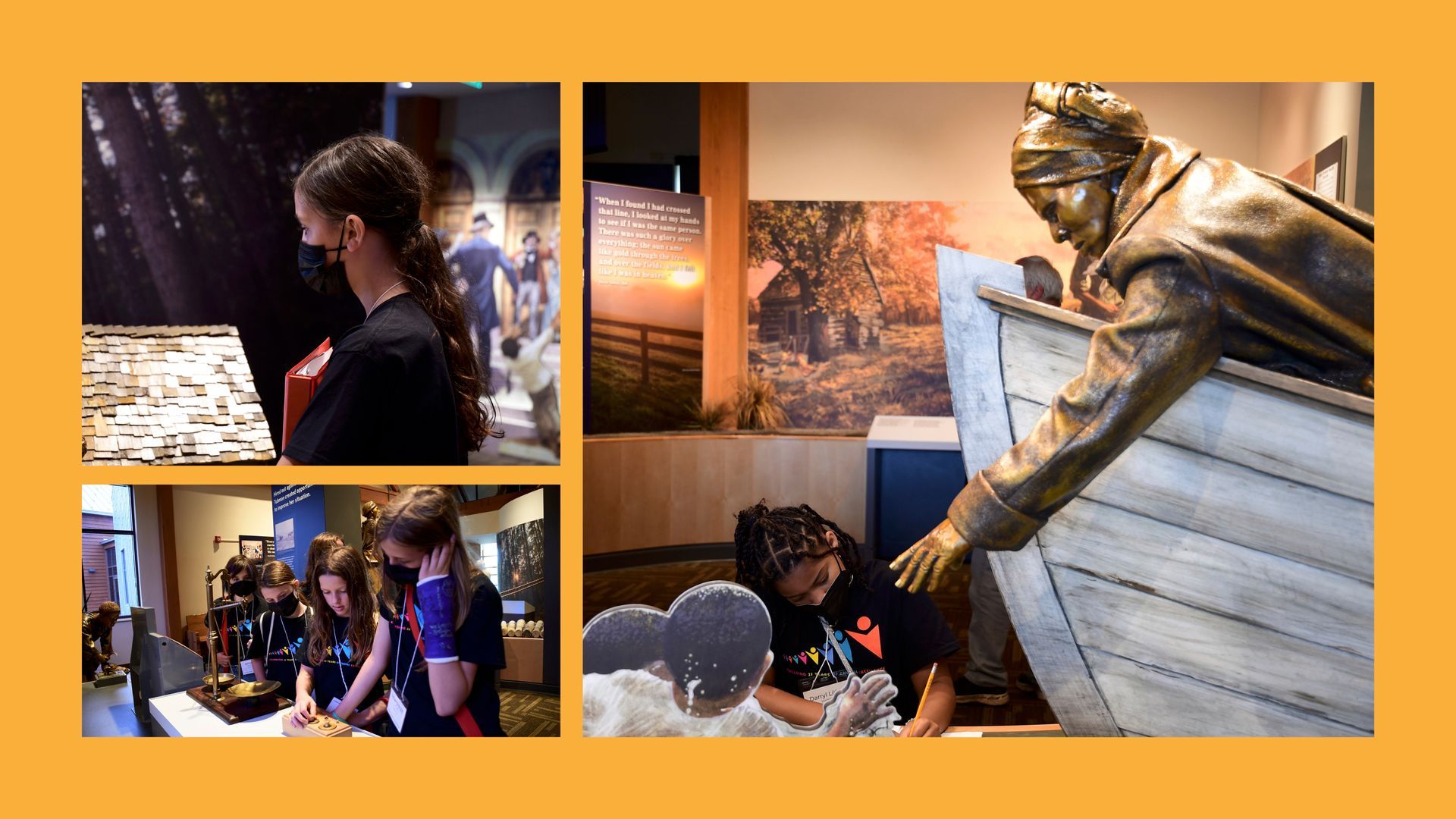
The docents were committed to sharing Harriet's legacy. These mostly White-presenting guides have dedicated their lives to sharing the stories of the past. This is our shared heritage. It is our duty to learn, understand, and preserve.
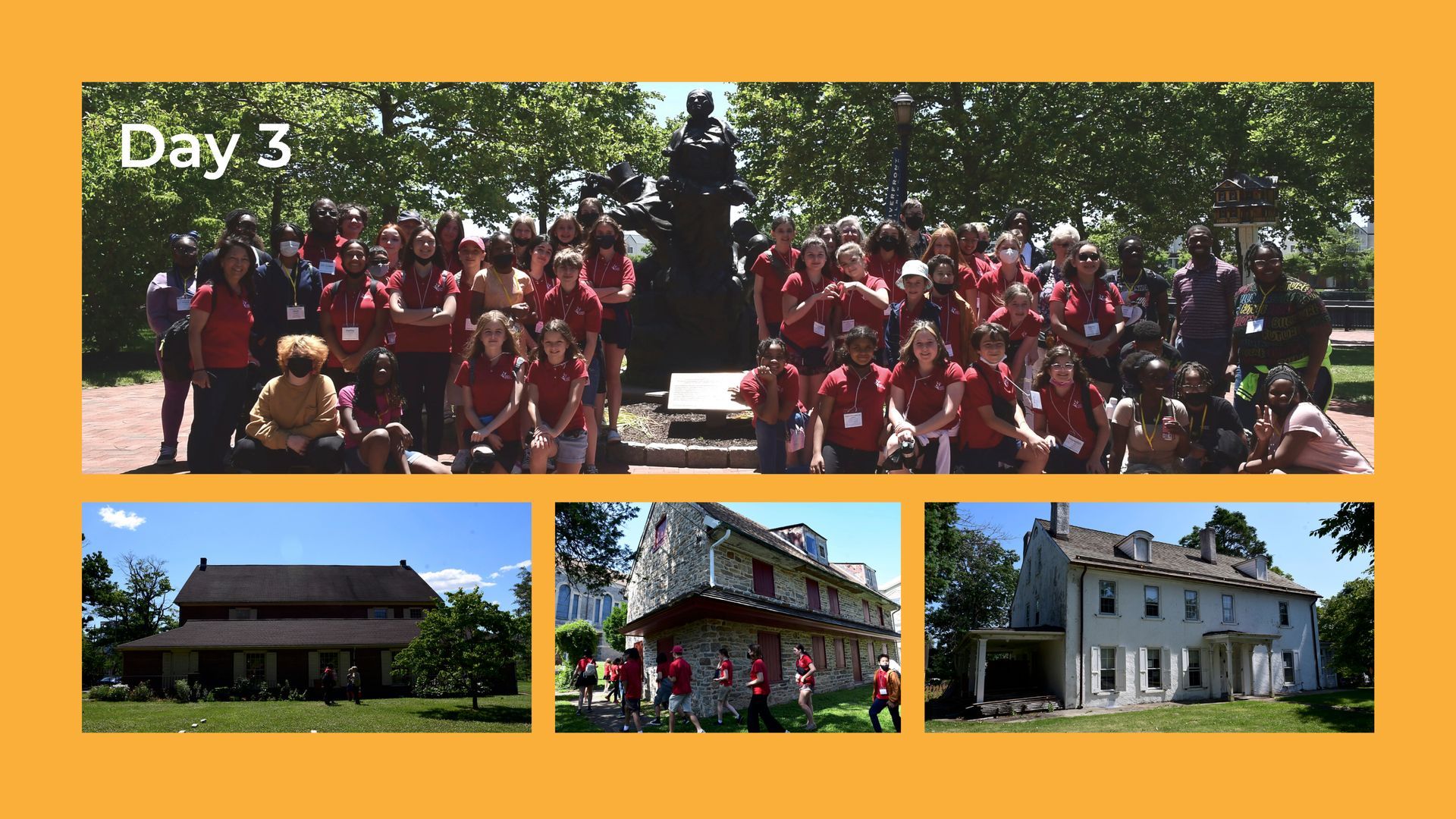
On Sunday, June 19 we moved north and learned about Harriet Tubman's network of Quakers and Abolitionists in Wilmington, DE.
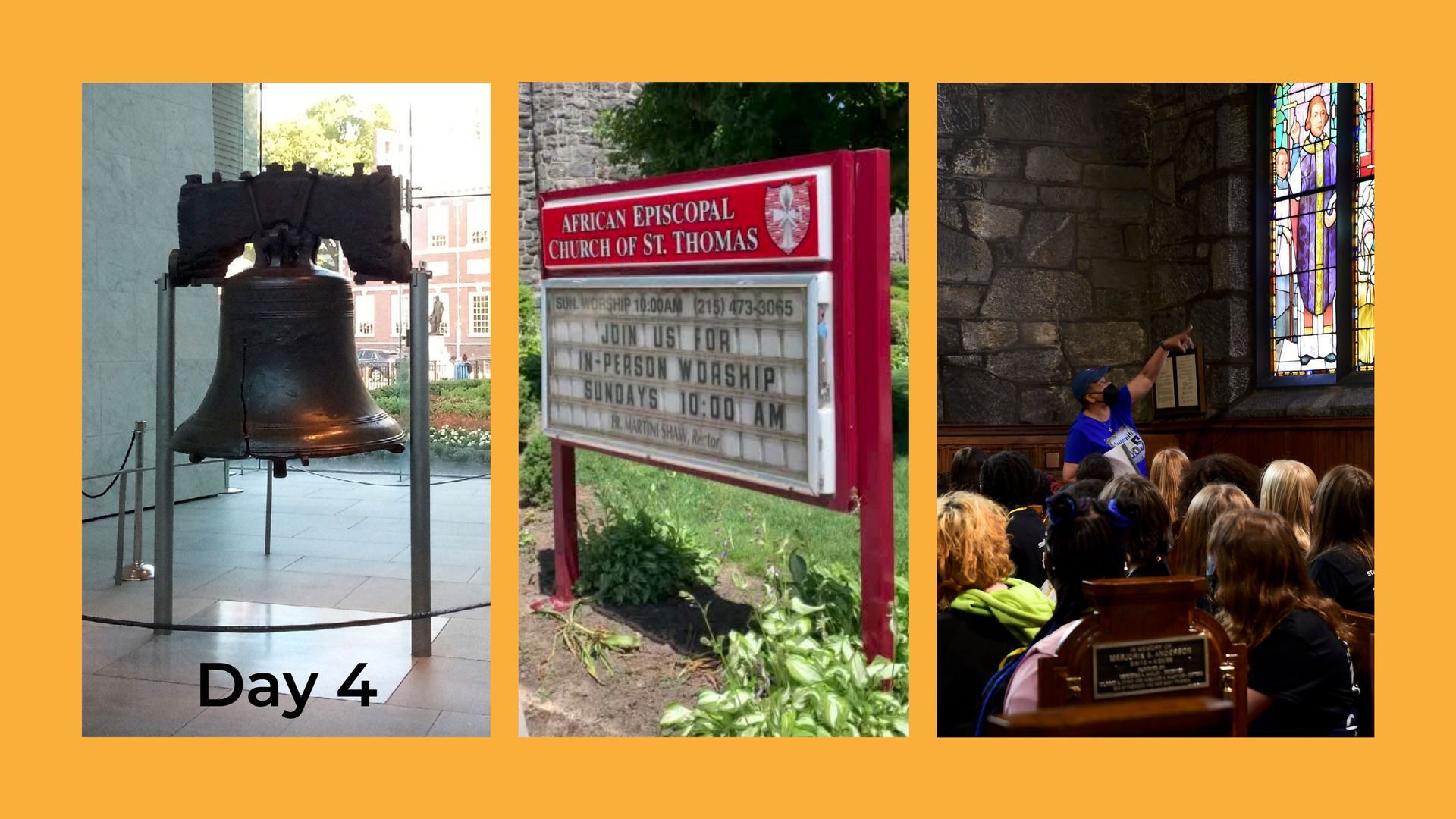
On our final day of the tour, we traveled to freedom in Philadelphia, where we toured the first free Black Church on June 20. After these four days of enriching musical, cultural, and historical experiences, we returned to D.C. with a renewed sense of engagement with our shared history.

